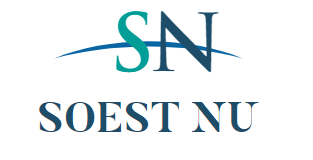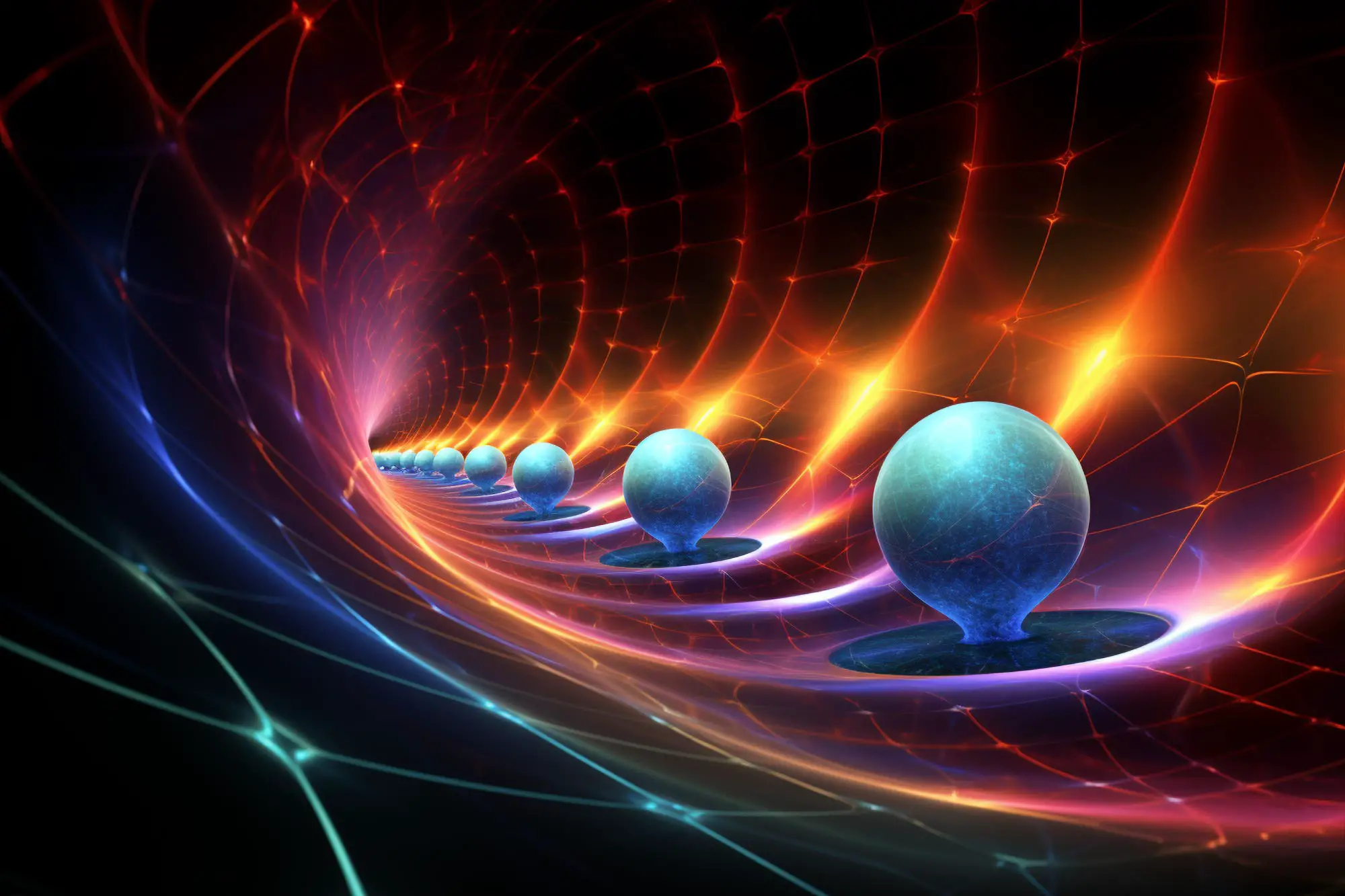De onderzoekers bevestigden met ongekende precisie een basisaanname in de natuurkunde: dat verschillende eigenschappen van massa, zoals gewicht, traagheid en zwaartekracht, altijd equivalent zijn, ongeacht de specifieke samenstelling van de betrokken massa. Dit versterkt het equivalentieprincipe, essentieel voor Einsteins relativiteitstheorie, en behandelt het kritieke punt van verschil tussen klassieke en kwantumfysica.
Onderzoeksteams van de Leibniz Universiteit Hannover en de Universiteit van Bremen bevestigen een ander gelijkwaardigheidsprincipe.
Wetenschappers hebben een halve eeuw aan maanlaserafstandsgegevens gebruikt om met 100 keer grotere nauwkeurigheid te bevestigen dat alle massa-eigenschappen gelijk zijn. Deze bevinding ondersteunt in grote mate het equivalentieprincipe van Einstein, dat een hoeksteen is van de relativiteitstheorie.
Een van de meest fundamentele aannames van de fundamentele fysica is dat de verschillende eigenschappen van massa – gewicht, traagheid en zwaartekracht – altijd hetzelfde blijven ten opzichte van elkaar. Zonder deze gelijkwaardigheid zou Einsteins relativiteitstheorie tegenstrijdig zijn en zouden bestaande natuurkundeboeken herschreven moeten worden. Hoewel alle metingen tot nu toe het equivalentieprincipe bevestigen, stelt de kwantumtheorie dat er sprake moet zijn van een schending. Deze discrepantie tussen de zwaartekrachttheorie van Einstein en de moderne kwantumtheorie is de reden waarom strengere tests van het equivalentieprincipe bijzonder belangrijk zijn.
Een team van het Center for Applied Space Technology and Microgravity (ZARM) van de Universiteit van Bremen heeft in samenwerking met het Instituut voor Geodesie (IfE) van de Leibniz Universiteit in Hannover met succes aangetoond dat het 100 keer groter is.[{” attribute=””>accuracy that passive gravitational mass and active gravitational mass are always equivalent – regardless of the particular composition of the respective masses. The research was conducted within the framework of the Cluster of Excellence “QuantumFrontiers.” On July 13, the team published their findings as a highlights article in the scientific journal Physical Review Letters.

Binary system Earth-Moon. Credit: AEOS Medialab, ESA 2002
Physical context
Inertial mass resists acceleration. For example, it causes you to be pushed backward into your seat when the car starts. Passive gravitational mass reacts on gravity and results in our weight on Earth. Active gravitational mass refers to the force of gravitation exerted by an object, or more precisely, the size of its gravitational field. The equivalence of these properties is fundamental to general relativity. Therefore, both the equivalence of inertial and passive gravitational mass and the equivalence of passive and active gravitational mass are being tested with increasing precision.

First Author of the Publication, Vishwa Vijay Singh. Credit: Singh
What was the study about?
If we assume that passive and active gravitational mass are not equal – that their ratio depends on the material – then objects made of different materials with a different center of mass would accelerate themselves. Since the Moon consists of an aluminum shell and an iron core, with centers of mass offset against each other, the Moon should accelerate. This hypothetical change in speed could be measured with high precision, via “Lunar Laser Ranging.” This involves pointing lasers from Earth at reflectors on the Moon placed there by the Apollo missions and the Soviet Luna program. Since then, round trip travel times of laser beams are recorded. The research team analyzed “Lunar Laser Ranging” data collected over a period of 50 years, from 1970 to 2022, and investigated such mass difference effects. Since no effect was found, this means that the passive and active gravitational masses are equal to approximately 14 decimal places. This estimate is a hundred times more accurate than the best previous study, dating back to 1986.
Unique expertise
LUH’s Institute of Geodesy – one of only four centers worldwide analyzing laser distance measurements to the Moon – has unique expertise in assessing the data, particularly for testing general relativity. In the current study, the institute analyzed the Lunar Laser Ranging measurements, including error analysis and interpretation of the results.
Vishwa Vijay Singh, Jürgen Müller and Liliane Biskupek from the Institute of Geodesy at Leibniz University Hannover, as well as Eva Hackmann and Claus Lämmerzahl from the Center of Applied Space Technology and Microgravity (ZARM) at the University of Bremen published their findings in the journal Physical Review Letters, where the paper was highlighted in the category “editors’ suggestion.”
Reference: “Equivalence of Active and Passive Gravitational Mass Tested with Lunar Laser Ranging” by Vishwa Vijay Singh, Jürgen Müller, Liliane Biskupek, Eva Hackmann and Claus Lämmerzahl, 13 July 2023, Physical Review Letters.
DOI: 10.1103/PhysRevLett.131.021401

“Amateur-organisator. Wannabe-bierevangelist. Algemene webfan. Gecertificeerde internetninja. Fanatieke lezer.”










More Stories
SpaceX lanceert 23 Starlink-satellieten op Falcon 9-vlucht vanuit Cape Canaveral – Spaceflight Now
Het omzetten van onzichtbare donkere materie in zichtbaar licht
Een ongekende meteorietontdekking daagt astrofysische modellen uit